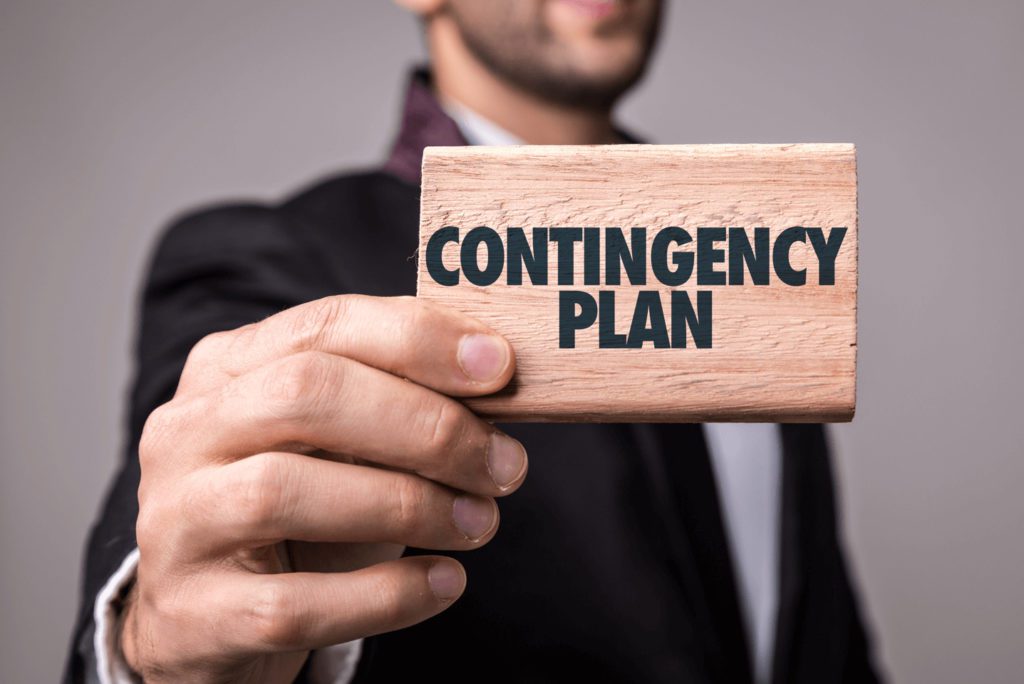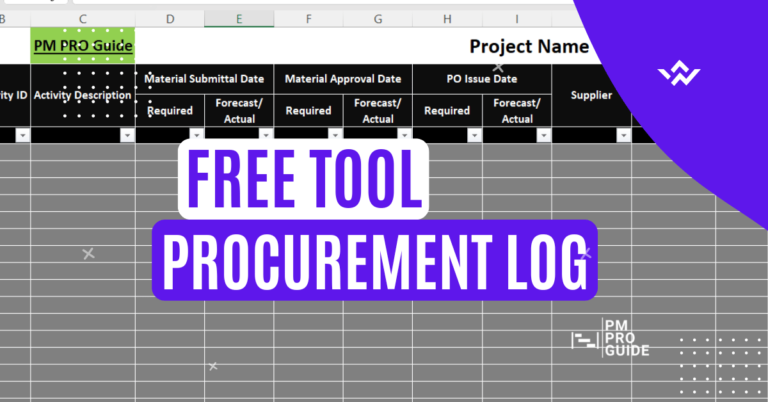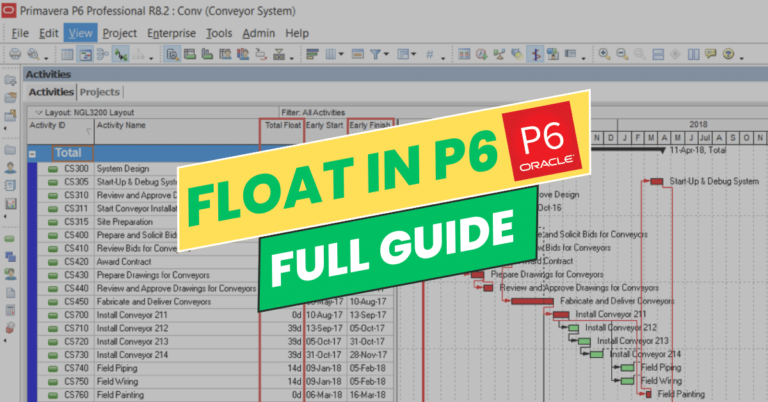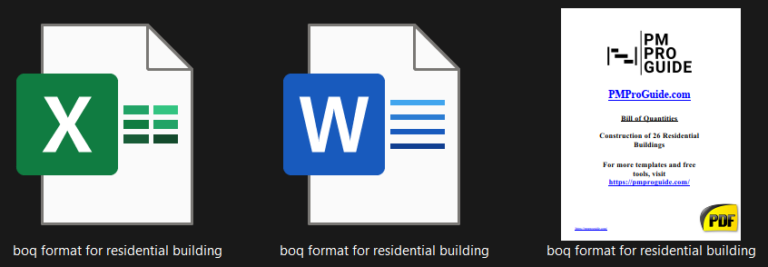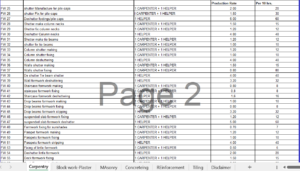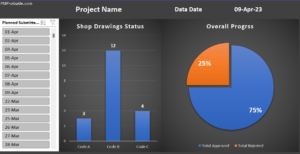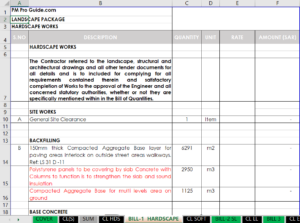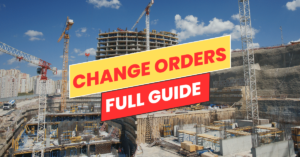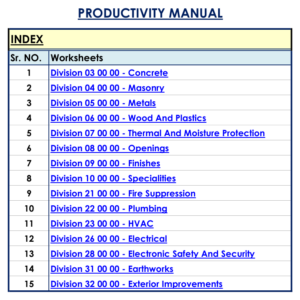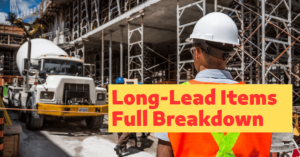Table of Contents
Introduction
As anyone who has worked in construction knows, there are countless unexpected challenges that can arise during a project. Whether it’s inclement weather, unforeseen structural issues, or unexpected delays in the delivery of materials, construction projects are inherently risky.
That’s why it’s essential to set aside a contingency fund to account for unexpected costs that may arise during the project.
Determining the appropriate amount of contingency can be a complex and challenging task. There are many factors to consider, including the complexity of the project, the level of risk associated with the project, the experience and expertise of the contractor, the timeline of the project, and the client’s tolerance for risk.
In this article, we will explore these factors in detail and provide guidance on how to determine the appropriate amount of contingency for your construction project.
By the end of this article, you will have a comprehensive understanding of how to set a construction contingency that accurately reflects the risks and challenges associated with your project.
With this knowledge, you can ensure that your project is adequately funded and that unexpected costs do not derail your project’s timeline or budget. So let’s dive in and explore the factors to consider when setting a construction contingency.
Why Do You Need a Construction Contingency?

Construction projects are complex and often involve unexpected challenges such as weather delays, design changes, or unforeseen site conditions. These challenges can result in increased costs and project delays, which can negatively impact your bottom line.
A construction contingency is a predetermined amount of money set aside to cover unexpected costs and ensure that your project stays on track.
Determining the Appropriate Construction Contingency
The appropriate amount of contingency for your project depends on a variety of factors, including the size and complexity of the project, the level of risk involved, and your tolerance for risk.
It is generally recommended to set aside between 5-10% of the project budget for a contingency. However, for more complex projects or projects with a high level of risk, a larger contingency may be necessary.
Factors to Consider When Setting a Construction Contingency
There are several factors to consider when setting a construction contingency. These factors include:
Project Complexity
Project complexity is one of the most significant factors to consider when setting a construction contingency. Complex projects, such as those with unique designs or that involve the use of new technologies, are more likely to experience unexpected challenges.
As a result, a larger contingency should be set aside to account for these challenges. It is important to work with an experienced contractor who has a proven track record of successfully completing complex projects.
Project Risk
The level of risk associated with your project is another critical factor to consider when setting a contingency. Projects with a higher level of risk, such as those with tight schedules, multiple stakeholders, or that involve working with hazardous materials, may require a larger contingency.
A thorough risk assessment should be conducted at the outset of the project to identify potential risks and develop a contingency plan to mitigate them.
Contractor Experience
The experience and expertise of your contractor are also important factors to consider when setting a contingency. Contractors with more experience are more likely to be able to anticipate potential risks and develop effective strategies for managing them.
As a result, they may require a smaller contingency. It is essential to work with a contractor who has a proven track record of successfully managing similar projects.
Project Timeline
The timeline of your project is another critical factor to consider when setting a contingency. Longer projects are more likely to experience unexpected challenges over an extended period.
As a result, a larger contingency may be necessary to account for these challenges. It is important to work with a contractor who has experience managing long-term projects and can help you develop an appropriate contingency plan.
Client Tolerance for Risk

Client tolerance for risk is another critical factor to consider when setting a contingency. Some clients may prefer to set aside a larger contingency to mitigate the risk of unexpected costs, while others may prefer a smaller contingency to minimize the overall project cost.
It is essential to work with a contractor who can help you assess your risk tolerance and develop an appropriate contingency plan.
Conclusion
In conclusion, a construction contingency is an essential tool for managing project risk and ensuring that your project stays on track. By considering factors such as project complexity, risk, contractor experience, project timeline, and client tolerance for risk, you can determine the appropriate amount of contingency for your project.
As a final recommendation, it is important to work with an experienced contractor who can help you navigate the complexities of construction projects and ensure that you have a realistic and appropriate contingency in place.
With the right preparation and planning, you can minimize the impact of unexpected challenges and ensure the success of your construction project.
